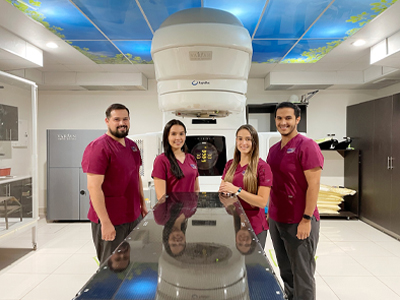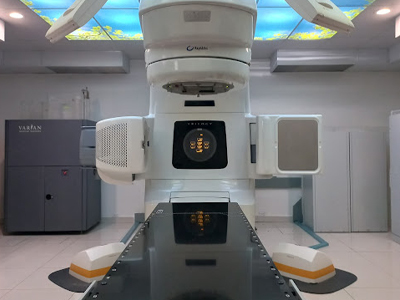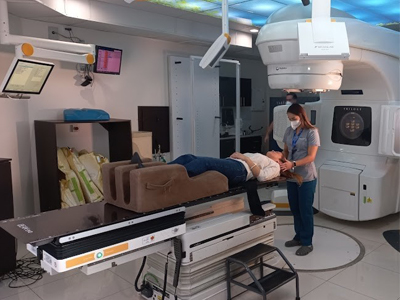Prostate cancer
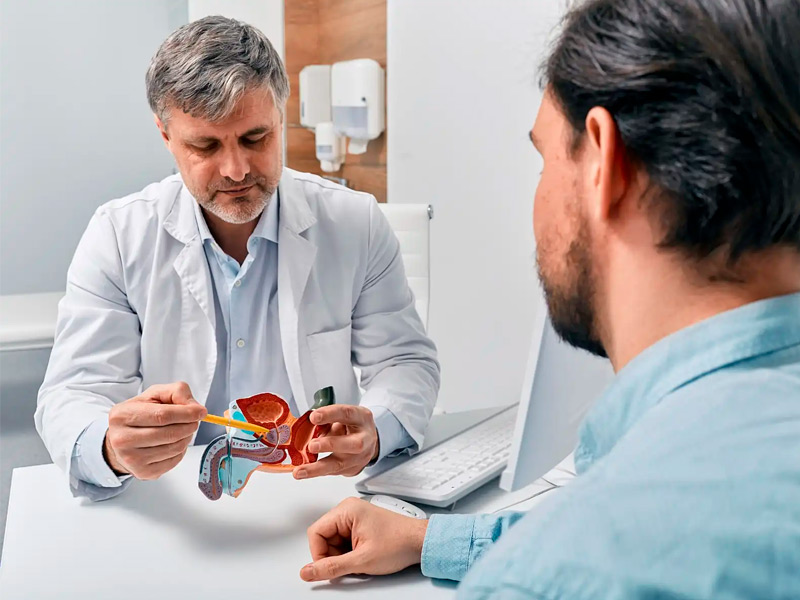
What is prostate cancer?
Prostate cancer is the second most common type of cancer among men in the United States, and according to the incidence in Costa Rica between the period from 2000 to 2015, prostate cancer was also the most common in men, followed by skin, stomach, colon and lung.
The prostate is a gland that only men have, therefore it belongs to the male reproductive system, it is located just below the bladder and in front of the rectum. Prostate cancer occurs when prostate cells begin to grow out of control.
Learn more in the following section.
HOW CAN PROSTATE CANCER BE DIAGNOSE?
The most common tests for prostate cancer are:
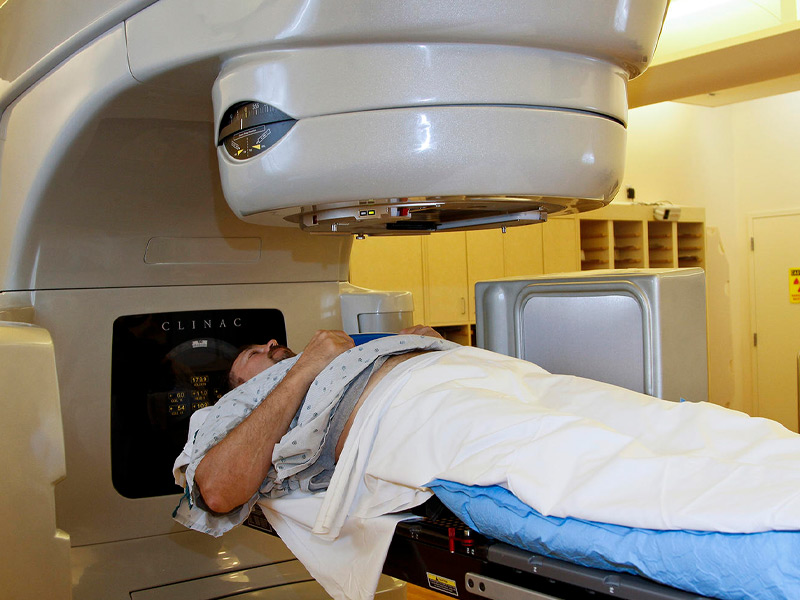
RECTAL TOUCH:
It consists of an examination in which the doctor wears a lubricated glove and palpates the prostate through the rectal wall via the rectum, searching for nodules or abnormal areas. The prostate gland is located immediately in front of the rectum, and most cancers begin in the back part of the gland, which can be felt during a rectal exam.
PROSTATE ANTIGEN TEST:
It measures the level of the Prostate Specific Antigena protein found in a man's blood, produced by the prostate gland.
The likelihood of having prostate cancer increases as the PSA level rises. Most men without prostate cancer have PSA levels less than 4 ng/mL of bloodWhen prostate cancer develops, the PSA level often rises above 4. A level below 4 ng/mL does NOT guarantee that a man does not have cancer."
PROSTATE BIOPSY:
The doctor obtains tissue from the gland to determine if cancer cells are present. This test is the only way to know for sure if a man has prostate cancer.
If prostate cancer is found in the biopsy, it will be assigned a grade. The grade of the cancer is based on how abnormal the cancer looks under the microscope. This test will confirm the cancer diagnosis and give us an idea of the tumor volume and aggressiveness. The Gleason score, which has been used for many years, assigns grades by comparing the cancer with normal prostate tissue.
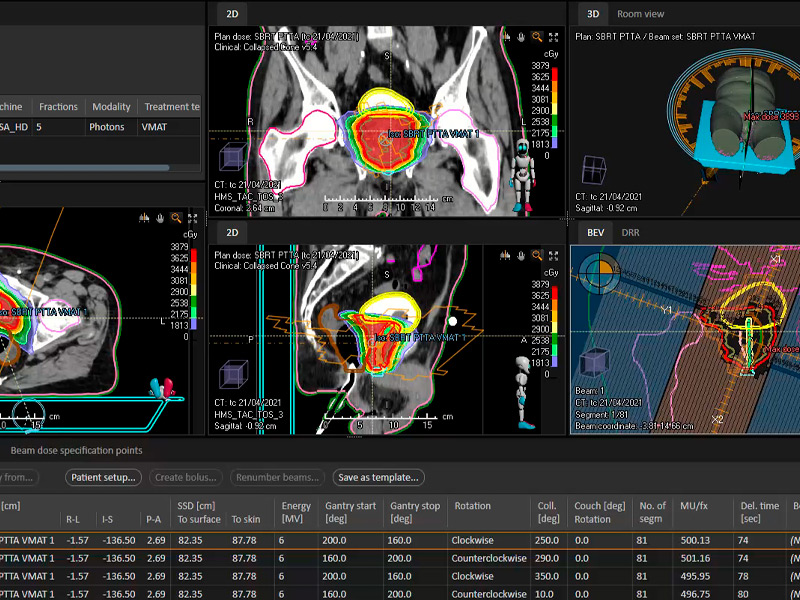
SYMPTOMS:
Need to urinate often, especially at night
Difficulty starting or stopping urine stream
Difficulty urinating
Dripping urine when laughing or coughing
Blood in urine or semen
A dull pain or stiffness in your lower back, ribs, or upper thighs
TREATMENT
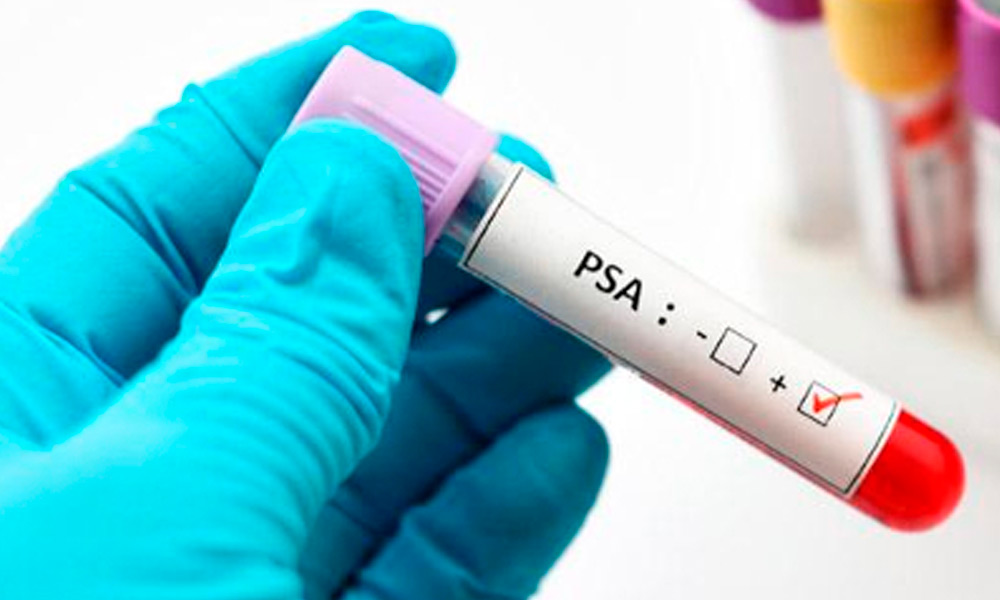
Among the techniques that are used and provided in 21st Century Radiotherapy are:
INTENSITY MODULATED RADIOTHERAPY (IMRT):
It allows varying (scaling) the RT dose and intensity during therapy. It reduces side effects and facilitates treatment when pelvic lymph nodes need to be included in the field.
This technique uses a machine that moves around the patient as it emits radiation. In addition to setting up the beams and directing them to the prostate from various angles, the intensity of the beams can be adjusted to limit the radiation doses reaching the surrounding normal tissues. This allows doctors to deliver an even higher dose of radiation to the cancer. Conozca más de esta técnica.
STEREOTAXIC RADIOTHERAPY (SBRT):
It consists of administering a high dose of irradiation to the prostate using complex and precise radiotherapy techniques. Currently, early stages can be treated with this radiotherapy technique in just 5 days in our center with greater precision without increasing the side effects of the treatment. Learn more about this treatment technique
IMAGE GUIDED RADIOTHERAPY (IGRT):
It also allows the administration of higher doses of external radiotherapy by using advanced imaging techniques such as magnetic resonance imaging or an integrated imaging scanner.
This advancement allows the doctor to take images of the prostate just before delivering radiation to make minor adjustments in the direction of the beams. This helps administer radiation even more precisely, leading to fewer side effects. It is a novel technique currently used in our medical center.
ACTIVE SURVEILLANCE:
For very low risk and low risk stages. If you and your doctor agree that active surveillance is a good idea, your treatment will include regular doctor visits and blood tests to measure prostate-specific antigen (PSA).
If the cancer grows or your condition changes, your doctor may start treatment

